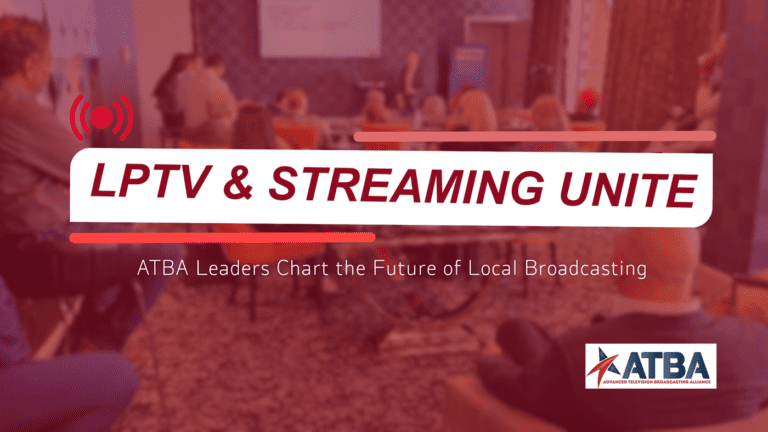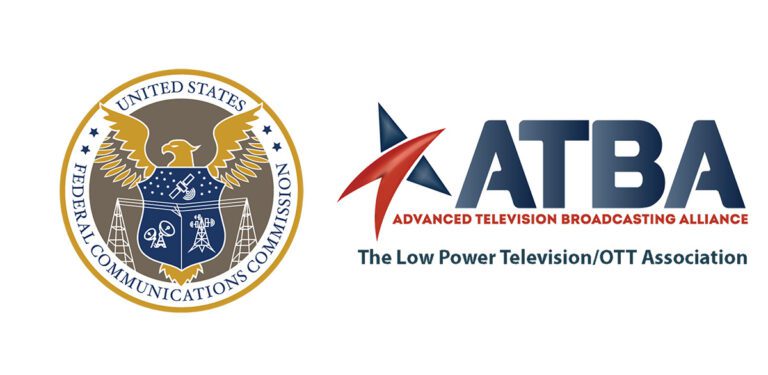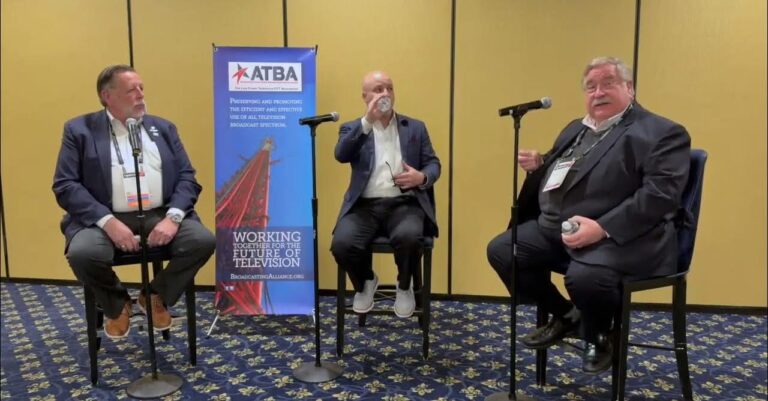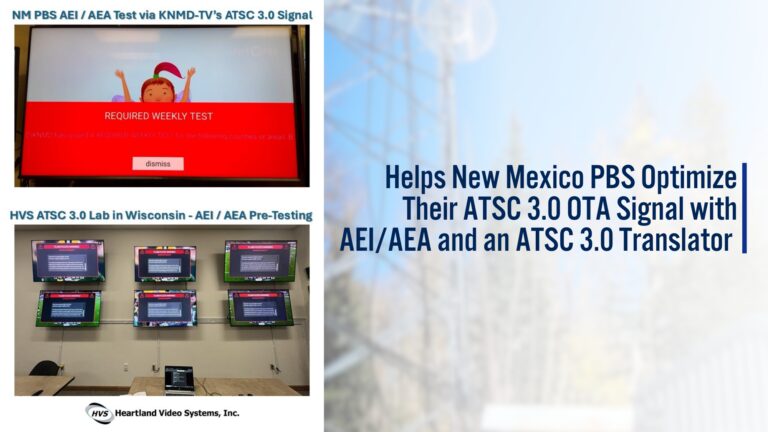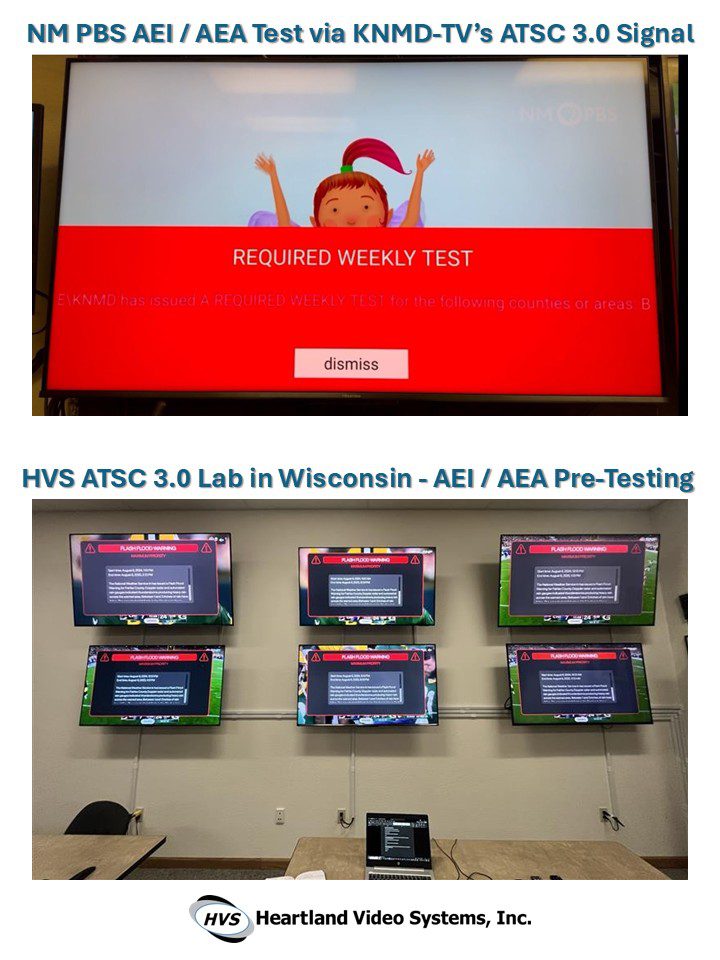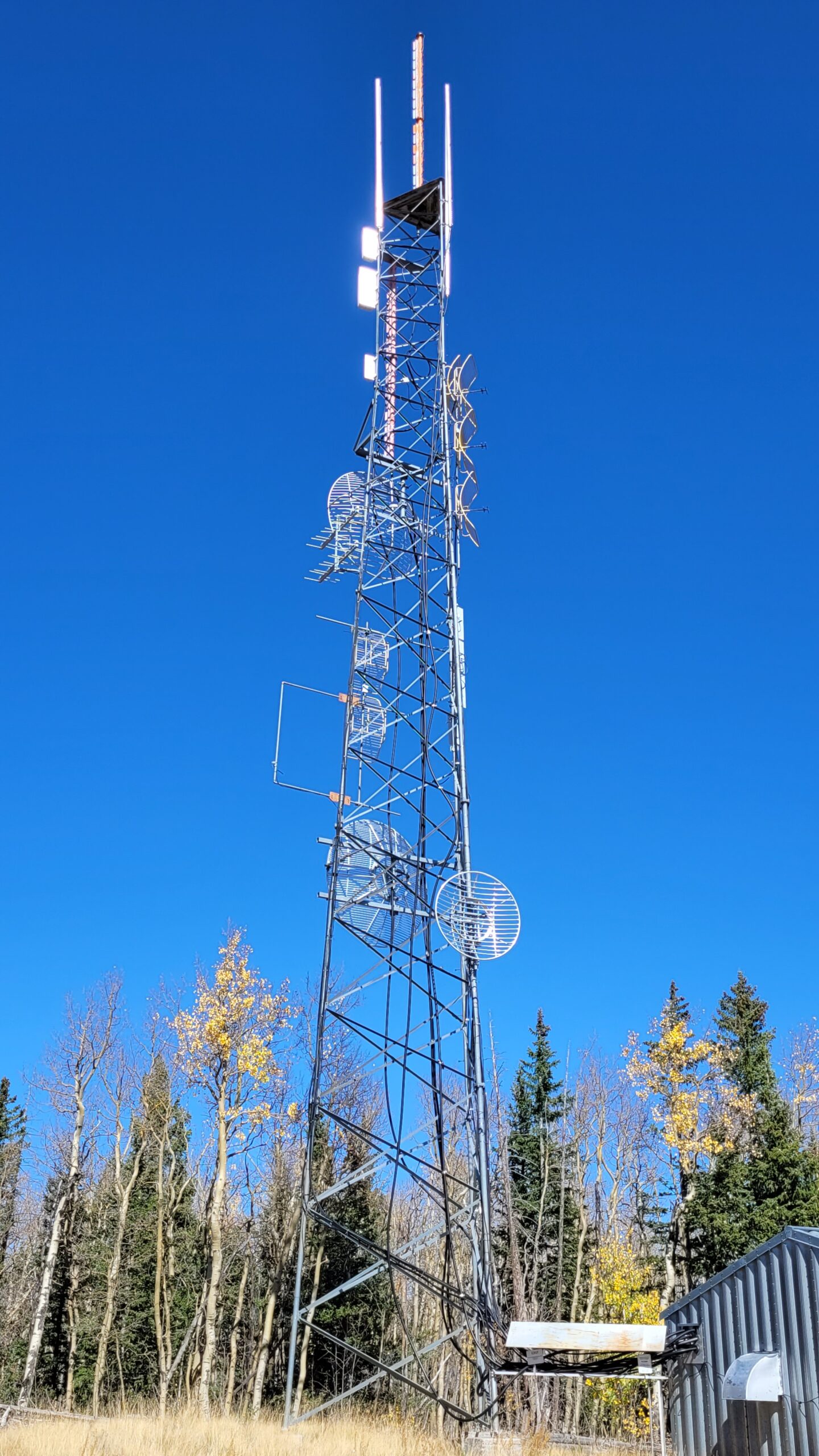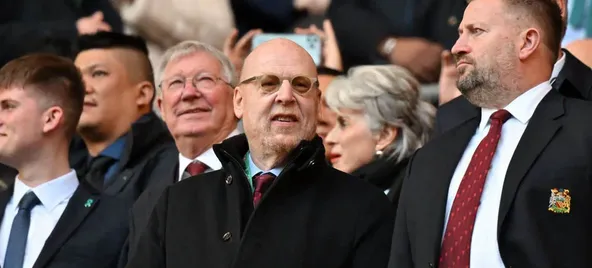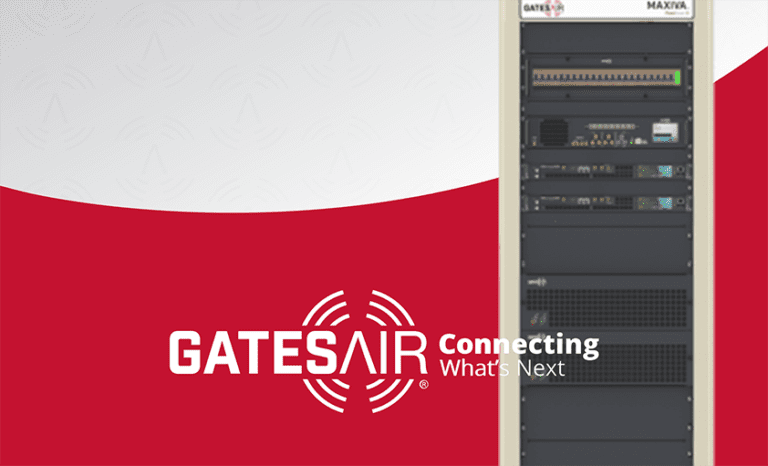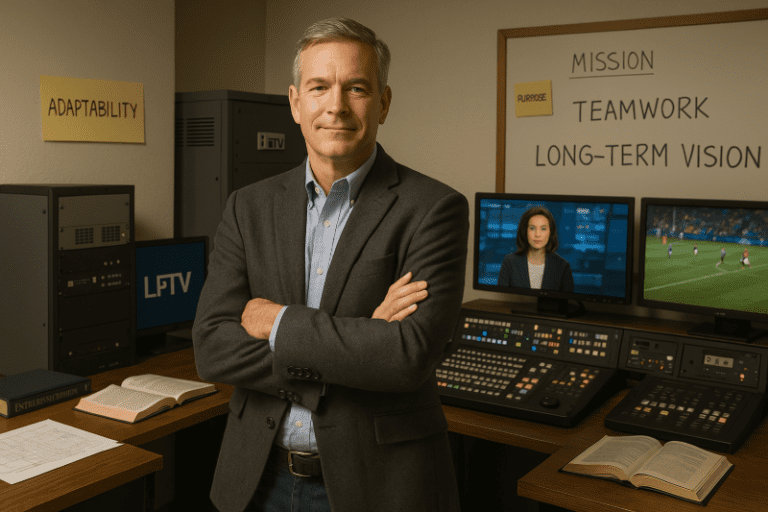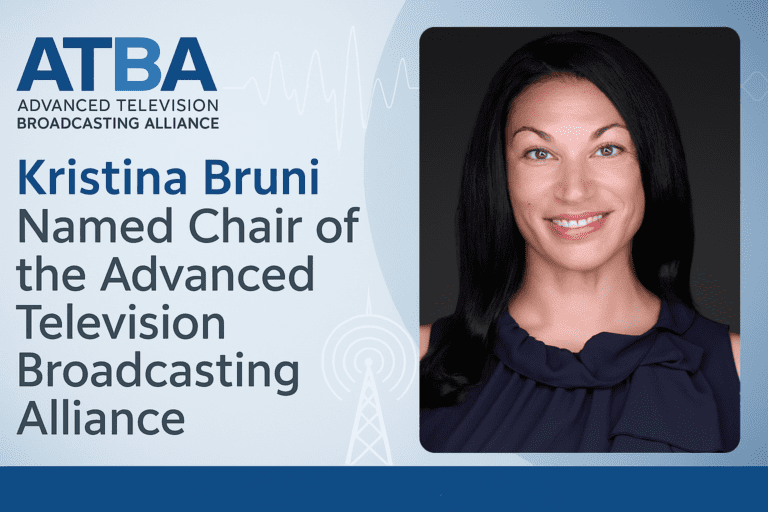LPTV and Streaming Unite: ATBA Leaders Chart the Future of Local Broadcasting
Irwin Podhajser: “LPTV + Streaming Is the Real Next‑Gen TV”
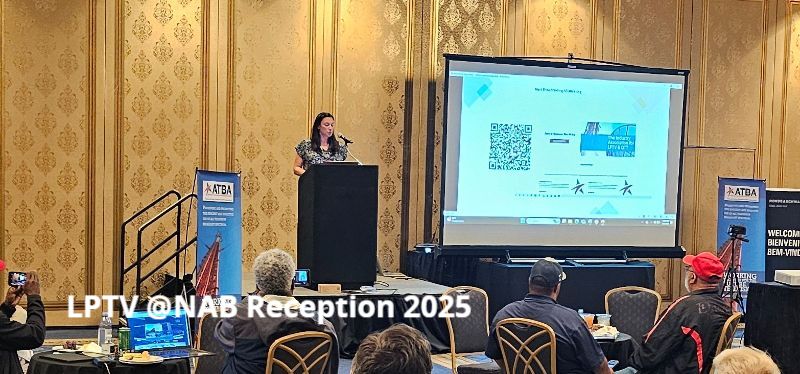
LAS VEGAS—Welcoming guests to the Advanced Television Broadcasting Alliance’s (ATBA) evening reception, Irwin Podhajser cut straight to the point. “The trend is not streaming. The trend is not ATSC 3.0. The trend is all of it working together,” the FreeCast executive vice‑president declared, urging low‑power television (LPTV) owners to see OTT services as partners, not rivals.
A former LPTV licensee himself, Podhajser said FreeCast’s roadmap hinges on pairing local broadcast brands with national streaming reach. That hybrid, he argued, will let stations monetize cord‑cutters, capitalize on ATSC 3.0 datacasting, and deliver “next‑gen TV” without surrendering community roots. “Low‑power broadcasters and companies like mine have unlimited potential—but only if we change the face of media together,” he said, drawing applause from the packed hospitality suite inside the Westgate.
Podhajser’s call‑to‑action set the tone for the night’s theme: collaboration across platforms, standards and business models to keep local signals—and revenues—viable in a streaming‑first world.
Lee Miller Rallies ATBA Members: “Local Broadcasting Still Matters—Now More Than Ever”
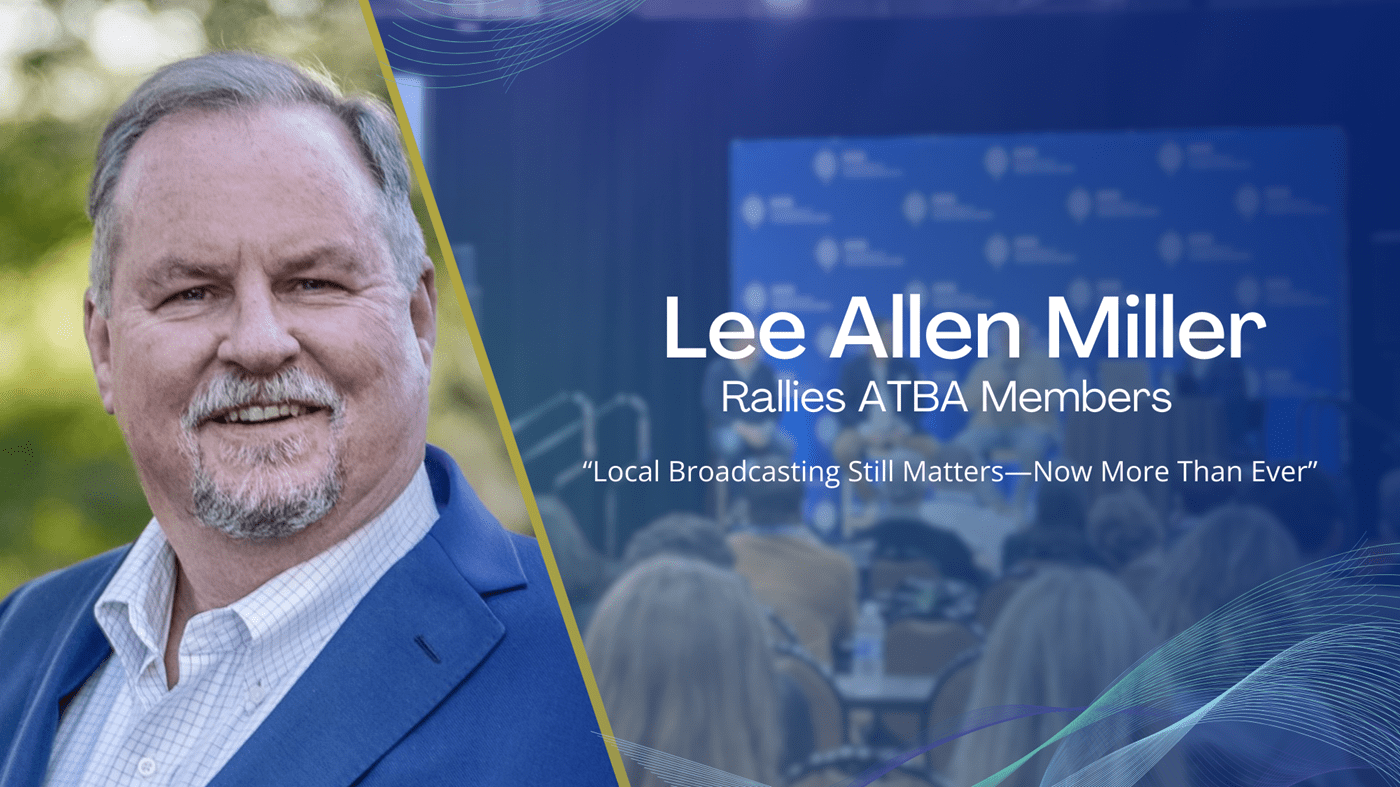
Stepping to the podium after Podhajser’s introduction, ATBA Executive Director Lee Miller thanked attendees for keeping the “passionate community” of LPTV alive. “The ATBA was founded to advocate, protect and advance the power of digital broadcasting,” he reminded the crowd. “Local broadcasting still matters, and in many ways it matters now more than ever before.”
Miller highlighted the alliance’s three‑part legacy—past, present and future—before introducing a who’s‑who of board members, from long‑time pillar Gary Cocola to newcomers Alessandra Works and Josh Weiss. He noted that veteran broadcaster Cocola said he will finally retire “for good” after multiple false starts, while Rob Folliard continues to represent LPTV interests as immediate past chair on the board.
He closed by saluting event sponsors flashing on the screen and teeing up the evening’s headline announcement: the election of a new board chair who, he promised, would “lead with vision, integrity and a collaborative spirit.”
Kristina Bruni Takes the Gavel: Spectrum Security Tops ATBA’s 2025 Agenda
Newly elected ATBA Chair Kristina Bruni—hailed by Miller as “passionate for innovation, advocacy and keeping ATBA powerful”—laid out a three‑point policy platform moments after accepting the gavel.
- Protect and Preserve LPTV Spectrum. “Safeguarding these resources ensures local voices keep a platform in an increasingly crowded media landscape,” she said, pledging aggressive engagement in FCC spectrum dockets.
- Guide the ATSC 3.0 Transition. As stations migrate to the new standard, Bruni promised “clear guidelines, technical assistance and advocacy” so no operator is left behind.
- Enhance Public‑Safety & Emergency Communications. Calling broadcast infrastructure “critical” for alerts, she vowed to champion technical upgrades that fortify EAS and next‑gen warning systems.
Bruni, who has straddled engineering and policy roles throughout her career, said her tenure will prioritize community service and technological innovation in equal measure. “Local broadcasting isn’t just about delivering content; it’s about building community, preserving public trust, and paving the way for innovation,” she concluded to a standing ovation.
“Delete, Delete, Delete”: Josh Weiss Rallies LPTV Owners to Slash the Red Tape
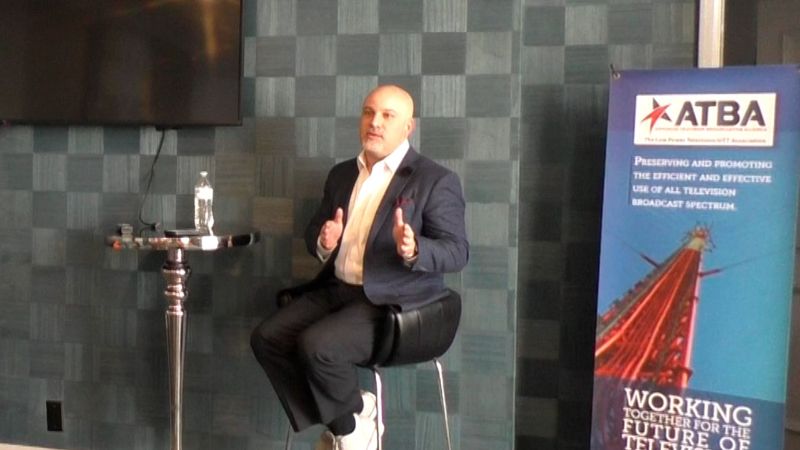
LAS VEGAS—“Regulations are for everybody else—not for me,” joked Josh Weiss as he opened the afternoon brainstorming session at NAB’s LPTV Day. Yet the Spectrum Multicast executive quickly shifted from humor to a pointed call for collective action: with FCC Chairman Brendan Carr’s new “Delete, Delete, Delete” docket inviting broadcasters to identify rules worth scrapping, low‑power TV stations “have a once‑in‑a‑generation chance to write our own playbook,” Weiss said.
Top of the hit list
- 30‑mile relocation cap – The existing rule that bars moving a transmitter more than 30 miles has outlived its purpose, Weiss argued. “If a move expands service without causing interference, why punish success?” he asked, drawing murmurs of agreement across a room dominated by station owners.
- “One‑year rule” – Attendees blasted the unwritten FCC practice that forces LPTV licensees to keep a facility at its initial site for 12 months before filing any minor modification. “It’s not in the regulations, yet enforcement letters show up anyway—challenge it,” Weiss urged.
- Power ceilings and contour limits – Multiple engineers supported Weiss’s plea to lift UHF’s 15 kW ERP cap and allow contour expansion where no interference is created. “Let budget and physics—not an arbitrary number—decide coverage,” he said.
- Ownership reports & EAS mandates – “Why file biennial ownership forms when the duopoly rules don’t even apply to us?” Weiss asked. On emergency alerts, he proposed either national‑feed pass‑throughs or a temporary waiver while software‑only EAS decoders advance, sparing “thin‑margin stations from another stranded cost.”
Permanence—or at least predictability
Weiss conceded that full‑power lobbyists will never cede primary status, but he pushed for a clearer definition of “secondary” so LPTV isn’t displaced by every frequency shuffle. “We’ve built viewer loyalty and invested millions; moving goalposts after the fact kills capital,” he said. One tactic: tie LPTV’s future to Broadcast Positioning System datacasting tests the FCC now touts as a back‑up to GPS. “You can’t rely on us for national security yet treat us as disposable.”
ATSC 3.0, 5G Broadcast and MPEG‑4
The room split over whether to back HC2’s petition to drop the 1.0 simulcast requirement and allow pure 5G‑Broadcast data services. Weiss warned of a “slippery slope—give up the free video stream and the FCC may hand our spectrum to cellular.” Still, he endorsed eliminating the mandate that 1.0 streams remain in MPEG‑2: “Viewers with pre‑2011 sets are vanishing; don’t chain us to a 20‑year‑old codec.”
Window shopping and Class A hopes
Owners lamented the last construction‑permit window’s 75‑mile exclusion zones around major markets. Weiss promised to lobby for a broader 2026 window and for reopening Class A status—“but without the full slate of children’s‑TV paperwork that sinks small operators,” he added.
Next steps
Weiss closed by drafting a to‑do list:
- Crowd‑source data showing how LPTV multiplexes now carry “more subchannels than the full‑power tier” to rebut niche‑only stereotypes.
- File narrowly tailored petitions—“Pigs get fat; hogs get slaughtered,” he quipped—starting with power increases, relocation flexibility and EAS relief.
- Coordinate talking points so every comment docket echoes the same themes: spectrum efficiency, viewer service, rural inclusion, and fairness to small business.
“If we don’t flood the FCC with smart, unified requests, someone else will write the rules for us,” Weiss warned. Judging by the packed aisles of note‑takers, LPTV operators plan to hit “delete” sooner rather than later.
New FCC Chair, New Mood: Wiley’s Ari Meltzer Maps a Bolder Washington for LPTV
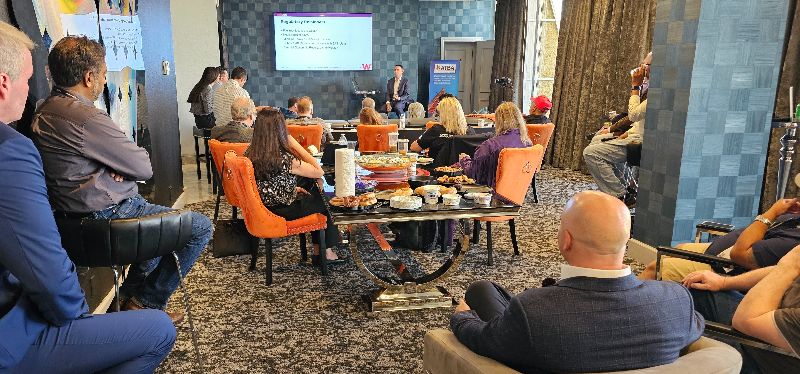
LAS VEGAS—“The last few years were slow and steady; January 20 changed that.” With that understatement, communications attorney Ari Meltzer opened a policy briefing that ranged from FCC leadership shake‑ups to possible deadlines for ATSC 3.0.
The Carr era begins
Brendan Carr, sworn in as FCC chair on Inauguration Day, “has already put his stamp on the agency,” Meltzer said. Carr revived content complaints against the big‑three networks, questioned federal subsidies for PBS and NPR, and launched a wide‑ranging “Delete, Delete, Delete” docket that invites industry to scrap any rule it deems burdensome. Expect thousands of comments, Meltzer predicted—some of which could become Carr’s deregulatory road map.
What’s on the rulemaking radar
- LPTV NPRM: Carr dissented when the prior commission floated public‑file mandates for all low‑power stations. Meltzer expects the current chair “to dial back new burdens but keep the ‘good stuff’—such as looser mileage limits for minor mods and higher ERP ceilings.”
- Ownership caps: The once‑every‑four‑years TV ownership review is still open; Carr could try to scrap the 39 percent national reach limit or, at minimum, relax the local duopoly rule. Cable giants will push back, Meltzer warned.
- ATSC 3.0 vs. 5G Broadcast: Industry lobbying for a hard 3.0 transition date persists, but Carr is also entertaining a petition to let broadcasters deploy 5G Broadcast with no obligatory video stream—“a potential game‑changer,” Meltzer said.
Enforcement climate: zero tolerance for sloppiness
The Media Bureau is auditing expired construction permits without licenses to cover, and forthcoming consent decrees will include fines for unauthorized operation, Meltzer cautioned. LPTV licensees were also reminded to renew STAs before they lapse, file biennial ownership reports on time, and maintain EAS compliance—even if the commission eventually rethinks whether every low‑power outlet needs full EAS gear.
Bottom line
Carr’s FCC is “purpose‑built for aggressive housekeeping,” Meltzer concluded. For LPTV owners, that could mean lighter paperwork—but also quicker penalties when deadlines are missed. “Stay alert, file cleanly and use the new docket to ask for the relief you really need.”
